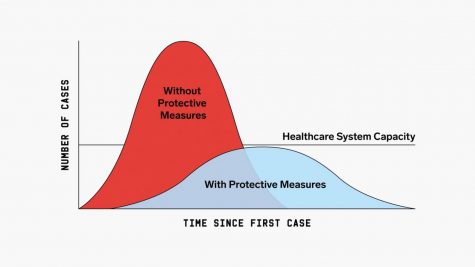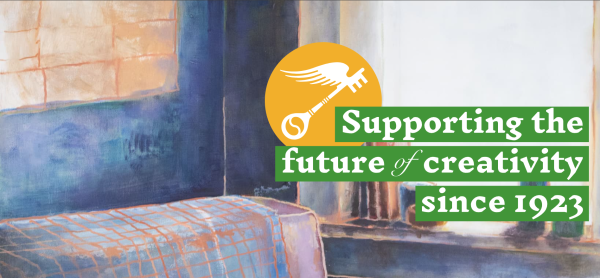Social Distancing: Is It Worth It?
The advocacy of social distancing in the U.S. and across the globe creates the question of whether the benefits outweigh the drawbacks.
Back in November, the first case of the novel coronavirus was confirmed in Wuhan, China; in a matter of only a couple months, the virus had turned into a pandemic, rapidly finding its way to the United States in late January. Although the COVID-19 has always been regarded as a threat, within the past few weeks, it has become a more imminent danger for many and has, seemingly, sent the entire country into a state of panic. With its exponential growth, the number of associated mortalities has already surpassed 1,000, and, as of Thursday, the nation has more confirmed cases than any other country. In response, states have been supporting the policy of social distancing, or maintaining a certain distance (for the COVID-19, about six feet) away from others to control the spread of the virus. Although this measure may work to accomplish its purpose, it is important to also consider its unintended consequences.
On one hand, social distancing is very important to limiting the transmission of the virus among a population. Because many who are infected are asymptomatic and, as a result, are unaware they have the COVID-19, permitting large gatherings and normal work operations would lead these carriers to spread the virus at an alarmingly high rate beyond containment. Furthermore, since the coronavirus is of particular danger to those above the age of 60 and those with special medical circumstances, social distancing is especially important to the preservation of their health at this time. With its ability to slow down the transmission rate, this policy helps to decrease the burden on healthcare systems and their workers; without it, the inflow of patients needing treatment may surpass hospitals’ capacity and medical equipment availability, which would cause many of those in urgent need of help to fail to be cared for, thus increasing the death rate.

Aside from health, social distancing and self-isolation have reaped an unexpected reward: the improvement of global air quality. With fewer industries and businesses in operation, as well as less transportation, countries are experiencing lower levels of air pollutants, especially nitrogen dioxide–a key player in the development of photochemical smog and the worsening of respiratory ailments. Perhaps the already-apparent observations of a cleaner, safer environment may motivate a movement to a low-emissions economy in the near future.
Although social distancing is a great approach to handling the contagious virus, its disruption of daily life and of the economy is a consequence to be considered. Already, the stock markets have fallen about 30 percent and have experienced several daily drops of roughly 10 percent, making them more volatile than they have been since the 2008 recession. Several industries, including transportation and tourism, are experiencing unprecedented shutdowns. Small and local businesses are taking a particular hit with many unable to reap in enough profits to stay afloat. Furthermore, unemployment is beginning to soar, and those who work for hourly pay face the risk of losing their source of income.
Such economic uncertainty, as well as social isolation, can actually create a variety of both physical and mental health implications themselves. Chronic social isolation has been linked to heart disease and dementia, and it can increase the chance of mortality by nearly 30 percent. Additionally, a higher rate of depression is likely to develop, whether as a result of an economic spiral and unemployment or of a feeling of disconnect and loneliness. Those already diagnosed with depression can witness an increase in severity due to the development or exacerbation of self-isolating habits.
When considering both the benefits and consequences of the social distancing policy currently in place, it is difficult to determine whether it is the best way to go about combatting the COVID-19. However, I remain optimistic about its ability to effectively contain the virus, and if it is coupled with efforts to ensure economic stimuli and a greater awareness of linked mental illnesses, perhaps the negatives associated with it can be diminished.








